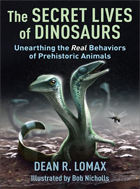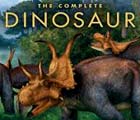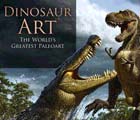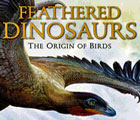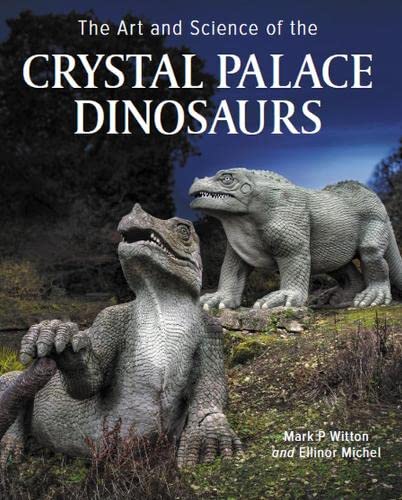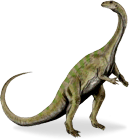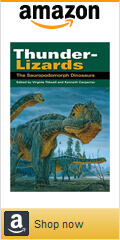Pronunciation: mas-oh-SPON-di-luh-day
Author: Friedrich von Huene
Year: 1914
Meaning: Long vertebrae family (see etymology)
Locomotion: Bipedal (moved on two hind legs)
Synonyms: None known
Author: Friedrich von Huene
Year: 1914
Meaning: Long vertebrae family (see etymology)
Locomotion: Bipedal (moved on two hind legs)
Synonyms: None known
Definition[Sereno, 2005]
The most inclusive clade containing Massospondylus carinatus but not Plateosaurus engelhardti or Saltasaurus loricatus.
About
Massospondylidae is a group of early non-sauropod sauropodomorph dinosaurs that existed in Asia, Africa, the Americas and Antarctica from the Late Triassic to the Early Jurassic.
Because knowledge of early sauropodomorph relationships is in a seemingly perpetual state of flux, what may be a massospondylid today might not be tomorrow, and palaeontologists can't agree where the group as a whole belongs on the dinosaurian branch of the tree of life. Massospondylus aside (it's a shoo-in as the group anchor and type specimen) the likes of Adeopapposaurus, Coloradisaurus, Glacialisaurus, Leyesaurus, Lufengosaurus and Pradhania, and possibly Mussaurus and Xixiposaurus, seem to belong here. Sarahsaurus, Seitaad and Ignavusaurus, who were tentatively assigned to Massospondylidae initially, were recently booted out but they continue to lurk on the outskirts.
Click here to search Dinochecker for massospondylids.
Etymology
Massospondylidae is derived from the Greek "masson" (longer) and "spondylos"' (vertebra), and the Latin "-idae" (family), and is named for the group anchor; Massospondylus.
Relationships
References
• Yates AM (2003) "Species taxonomy of the sauropodomorph dinosaurs from the Löwenstein Formation (Norian, Late Triassic) of Germany". Palaeontology, 46(2): 317-337.
• Apaldetti C, Martinez RN, Alcober OA and Pol D (2011) "A New Basal Sauropodomorph (Dinosauria: Saurischia) from Quebrada del Barro Formation (Marayes-El Carrizal Basin), Northwestern Argentina". PLOS ONE, 6(11): e26964.





